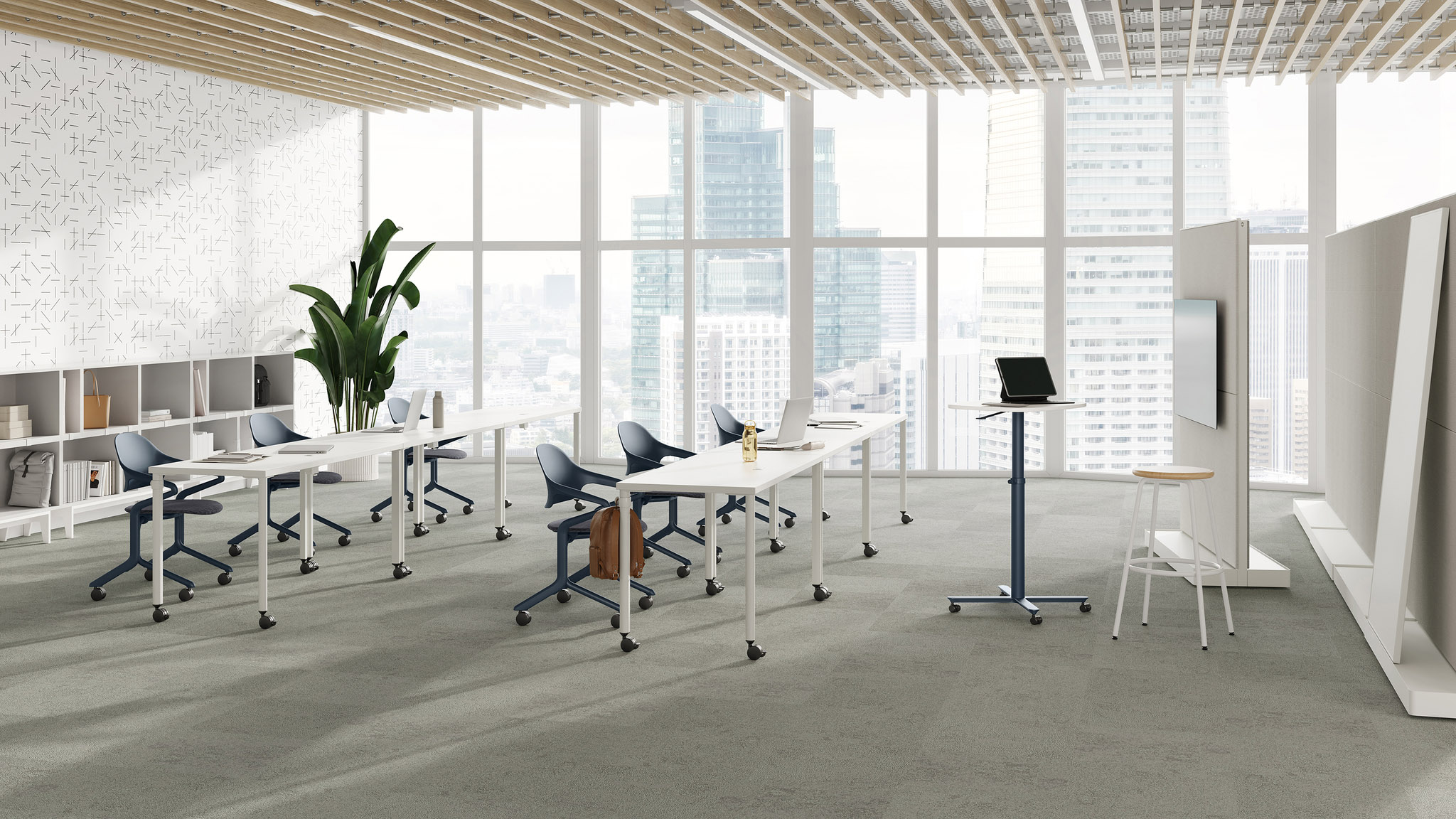5 Ways Higher-Ed Furniture is Changing
September 28, 2023

Institutions are continually seeking ways to enhance learning experiences for their students. One aspect that often goes unnoticed in this evolution is the pivotal role that higher education furniture plays in this equation on campus. For one thing, the days of rigid, uncomfortable seating and sterile, uninspiring classrooms are no longer realistic.
Today, furniture options in higher education spaces are undergoing a remarkable transformation to better meet the needs of students and educators. Here are five interesting ways higher-ed furniture is changing to create more comfortable, flexible, and engaging learning environments.
Adaptive Seating Solutions
Traditional classroom seating is being replaced by adaptive and ergonomic options that prioritize student comfort and well-being. Ergonomically designed chairs and desks promote better posture, reduce discomfort during long lectures, and support different learning styles. Additionally, flexible seating options such as adjustable-height desks and chairs with casters allow for easy reconfiguration of learning spaces to accommodate various teaching methods and group activities.
Collaborative Learning Environments
The days of rows of desks facing the front of the classroom are giving way to collaborative learning environments. Furniture arrangements now emphasize group work, discussions, and teamwork. Circular tables, modular seating, and mobile whiteboards encourage students to interact, share ideas, and collaborate on projects, fostering a more engaging learning experience.
Technology Integration
The digital age has ushered in a new era of learning, and furniture is adapting to keep pace. Higher ed furniture now includes built-in power outlets, USB ports, and wireless charging capabilities to support students' technology needs. Lecture halls are equipped with multimedia-friendly seating arrangements, ensuring every student has a clear view of screens and projectors.
Sustainability and Durability
As sustainability becomes a growing concern, higher education institutions are prioritizing eco-friendly furniture options. Manufacturers are using sustainable materials, such as recycled wood, metal and plastic, to create durable and environmentally responsible furnishings. These pieces are designed to withstand the rigors of daily use while minimizing their carbon footprint.
Personalized Learning Spaces
Recognizing that every student is unique, higher education furniture is now designed to accommodate individual preferences. Adjustable furniture, personal study pods, and campus lobby areas offer students a choice in how they learn best. These personalized spaces empower students to tailor their learning environments to suit their needs, whether they prefer a quiet corner for focused study or a communal area for group discussions.
The transformation of higher education furniture is a testament to the ongoing commitment of educational institutions to provide the best possible learning experiences for their students. From ergonomic designs to collaborative learning environments and sustainable materials, the changes in higher education furniture are driven by a desire to create spaces that foster engagement, productivity, and student well-being.
PURE Workplace is proud to be an Authorized Herman Miller and Knoll Dealer based in Kansas City, Wichita, and Topeka. We've enjoyed helping our clients realize their dream spaces for over 25 years in the education market.